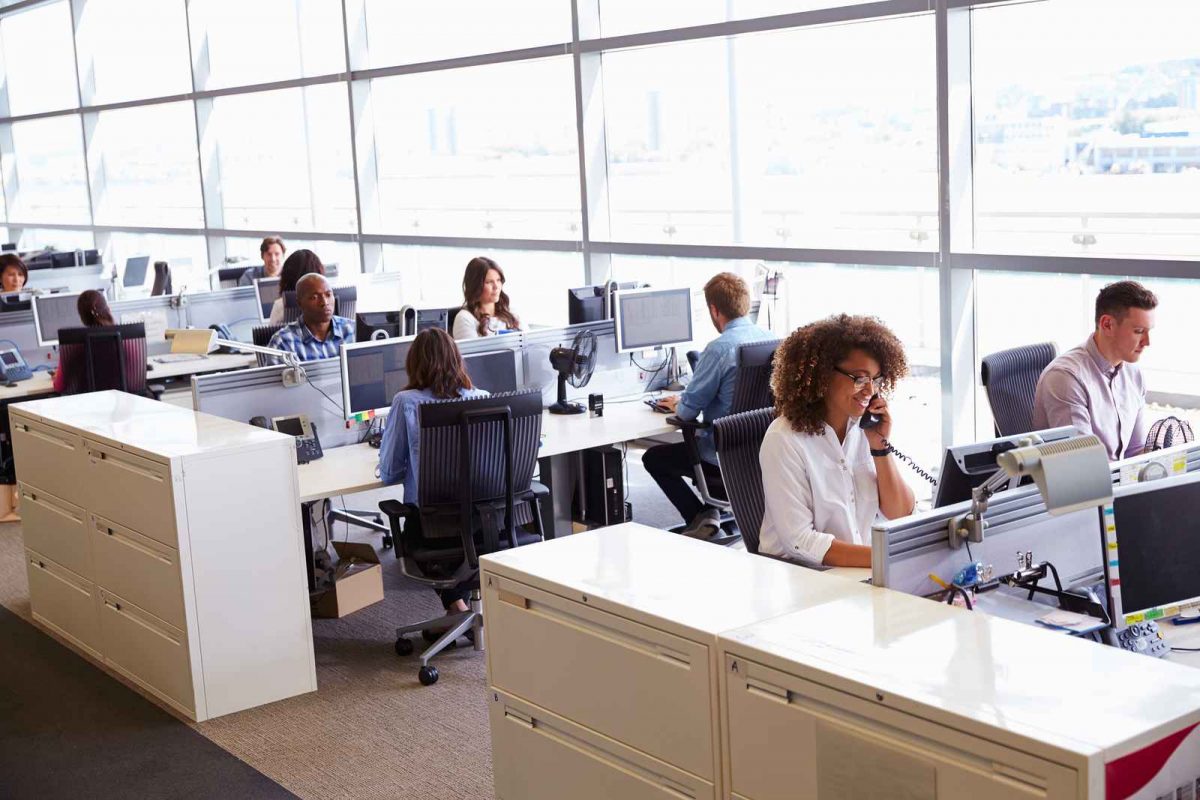Even before Marissa Mayer put an end to remote working at Yahoo!, many executives were beginning to question its value. The idea that remote working can reduce overhead costs, such as rent for space requirements and utility bills, is true for companies with cubicle spaces and a 9 to 5 work schedule, but it’s not the whole story. To understand why people are still being required to go to the office, even in a digital company like Yahoo!, you have to take into account the human factor.
Why Humans Work Best Face-to-Face in Physical Proximity
According to the Nonverbal Group, Dr. Albert Mehrabian, the author of “Silent Messages,” ran several studies that indicated that as much as 93 percent of all communication is nonverbal. Included in that 93 percent is 38 percent that came through as vocal elements, such as the tone one’s voice.
Think about it, when you have a conversation with someone at least 55 percent of the information is conveyed through facial expressions, gestures, and even the posture of one’s body. Yet, these are the very things lost in emails or video conferencing. Even if you could convey these things through emotions and the like, the fact is that humans collaborate and invigorate each other when they are in close proximity, not when they are hiding behind a screen.
Other Factors to Take into Account
Ideas for Leaders talks about the physical office workspace as one in which employees naturally engage in “exchange relationships,” which has to do with casually exchanging ideas, getting feedback on roles in a project, and also involves negotiating, asking for favors, or even currying political backing for projects. All these factors are eliminated in a remote working situation where employees tend to be separated by distance, thus discouraged to engage in casual, yet highly important, conversations online.
How Changing Business Models Affect Remote Working
Now, work spaces are designed to enhance a “think tank” or community atmosphere to regain the social aspect of business networking to spark more ideas in-house. Technology is still leveraged by employing it to create smart workspaces and buildings that turn off the lights and control the environment when fewer people are present. Flexible work schedules and workspaces can help mitigate many of the overhead costs and keep employees happy and motivated, often even more productive than working from home alone.



You must be logged in to leave a reply.